Modulenotfounderror: No Module Named ‘Yaml’
The ModuleNotFoundError: No module named ‘yaml’ is a common error encountered by Python programmers. It occurs when the YAML module is not found or properly installed in the Python environment. Modules are essential components of Python programming as they provide additional functionalities and tools that can be imported and used in Python scripts. The YAML module, in particular, is used for working with YAML (YAML Ain’t Markup Language) files, which are a human-readable data serialization format.
The YAML module plays a crucial role in Python programming as it allows developers to read and write YAML files, parse YAML data into Python objects, and convert Python objects into YAML format. It is commonly used in web development, data manipulation, configuration management, and other areas where YAML is utilized as a data format.
Common Reasons for the ModuleNotFoundError: No module named ‘yaml’
1. Lack of installation or improper installation of the YAML module: The most common reason for encountering the ModuleNotFoundError is the absence of the YAML module in the Python environment. This can occur if the module is not installed at all or if it is not installed correctly. The YAML module can be installed using package managers like pip or conda.
2. Compatibility issues with different Python versions: Another reason for the ModuleNotFoundError is compatibility issues between the version of Python being used and the version of the YAML module. Python modules are often version-specific, and using an incompatible version of the YAML module can result in the error.
3. Operating system variations and the impact on module availability: The availability of modules can vary depending on the operating system being used. Some modules may be pre-installed in certain operating systems, while they may need to be manually installed in others. This can lead to the ModuleNotFoundError if the YAML module is not available for the specific operating system.
Resolving the ModuleNotFoundError: No module named ‘yaml’
1. Checking module existence and version through command line or Python console: To resolve the ModuleNotFoundError, it is important to determine whether or not the YAML module is installed and accessible. This can be done by running the command “pip show pyyaml” or “conda list yaml” in the command line or Python console. If the module is not listed, it needs to be installed.
2. Installing the YAML module using various package managers: The YAML module can be installed using package managers like pip or conda. For pip, the command “pip install pyyaml” can be used. For conda, the command “conda install pyyaml” or “conda install -c anaconda pyyaml” can be used. These commands will download and install the YAML module in the Python environment.
3. Troubleshooting techniques for installation errors and platform-specific issues: If the ModuleNotFoundError persists even after installing the YAML module, it may be necessary to troubleshoot installation errors or platform-specific issues. This can involve checking for incompatible Python versions, ensuring proper permissions for installation, or verifying the availability of the module for the specific operating system.
Working with Alternative Modules and Libraries
In situations where the YAML module is not accessible or compatible, there are alternative modules and libraries that can be used to achieve similar functionalities. Some popular alternatives include ruamel.yaml, PyYAMLruamel, and PyYAMLlibyaml. These modules provide similar capabilities for working with YAML files and can be used as replacements for the ‘yaml’ module. It is important to review the documentation and compatibility of these alternative modules before integrating them into existing Python code.
Conversion methods for migrating code using ‘yaml’ to alternative modules should also be considered. It may involve rewriting certain sections of code or modifying the import statements to reflect the use of the alternative module.
Virtual Environments and Dependency Management
Using virtual environments is a best practice for managing Python modules and dependencies. Virtual environments provide isolated Python environments where modules can be installed without affecting the system-wide Python installation. This helps prevent conflicts and compatibility issues between different modules.
To create a virtual environment, the command “python -m venv env_name” can be used, where “env_name” is the desired name for the virtual environment. To activate the virtual environment, the command “. env_name/bin/activate” on Unix-based systems or “env_name\Scripts\activate” on Windows can be used.
Once inside the virtual environment, modules and dependencies can be installed using package managers like pip or conda. This ensures that the correct versions of the modules are installed within the virtual environment.
Updating Python and Managing Versions
To ensure compatibility between Python and the YAML module, it is important to keep Python updated to the latest stable version. This can be done by following the official Python documentation and downloading the appropriate installer for the specific operating system.
In some cases, it may be necessary to manage multiple Python versions, especially if working on projects with specific version requirements. Tools like pyenv or virtualenvwrapper can help manage multiple Python versions and create different environments for each version.
Best Practices for Avoiding the ModuleNotFoundError: No module named ‘yaml’
To avoid encountering the ModuleNotFoundError, it is recommended to follow these best practices:
1. Document dependencies and module requirements: Maintain a clear record of the required modules and their versions in the project’s documentation. This helps ensure that all necessary modules are installed and avoids confusion or compatibility issues.
2. Incorporate automated testing and continuous integration practices: Implementing automated tests and continuous integration practices can help identify module dependencies early in the development process. Tools like pytest or Jenkins can be used to automate the testing and integration process.
3. Regularly monitor and update modules to prevent compatibility issues: Keep track of module updates and new releases to ensure compatibility with the current Python version. Regularly updating modules can help prevent the ModuleNotFoundError and other compatibility issues.
Seeking Help and Further Resources
If encountering difficulties with the ModuleNotFoundError or with Python module management in general, there are various resources available for assistance:
1. Online communities and forums: Websites like Stack Overflow or Reddit have active communities of Python programmers who can provide guidance and troubleshooting assistance.
2. Documentation and official resources: The official Python documentation and the YAML module’s documentation are valuable resources for understanding module usage, installation, and troubleshooting.
3. Additional resources for Python module management and best practices: There are numerous articles, tutorials, and online courses available that delve into Python module management and best practices. Sites like Real Python, PyPI, and Python Weekly are excellent sources of information for expanding knowledge on Python development.
In conclusion, encountering the ModuleNotFoundError: No module named ‘yaml’ can be frustrating, but with an understanding of the error’s causes and resolution methods, developers can overcome this issue. By properly installing the YAML module, using alternative modules when necessary, and employing best practices such as virtual environments and regular updates, Python developers can effectively manage modules and avoid compatibility problems.
🐍 Fix Modulenotfounderror (No Module Named Yaml) Python Import Error (If Installed / If Exists)
How To Install Yaml Python Module?
YAML is a human-readable data serialization format. It stands for “YAML Ain’t Markup Language” and is commonly used for configuration files or data exchange between programming languages. The YAML Python module allows developers to parse and manipulate YAML files effortlessly. In this article, we will guide you through the installation process of the YAML Python module and provide answers to frequently asked questions.
Before proceeding with the installation, ensure that you have Python already installed on your system. You can check the version of Python installed by running the following command in your terminal or command prompt:
“`bash
python –version
“`
Make sure the version is compatible with the YAML Python module you are about to install.
Now let us dive into the installation process:
Step 1: Launch your terminal or command prompt.
Step 2: To install the YAML Python module, you can use either pip or conda package managers. Here, we will demonstrate the installation using pip, which is the commonly used package manager for Python.
“`bash
pip install pyyaml
“`
This command will download and install the YAML Python module along with its dependencies. Depending on the packages already installed, this process may take a few moments.
Step 3: Verify the installation by importing the pyyaml module into your Python script or interpreter:
“`python
import yaml
“`
If no errors occur, that means the installation was successful. Now you can start utilizing the YAML Python module to work with YAML files.
Frequently Asked Questions (FAQs):
Q1: Which version of Python is compatible with the YAML Python module?
A1: The YAML Python module is compatible with both Python 2 and Python 3 versions. Ensure that you have a compatible version installed on your system.
Q2: Can I install the YAML Python module using conda instead of pip?
A2: Yes, you can use conda as a package manager for installing the YAML Python module. Simply replace the pip command in Step 2 with the following conda command:
“`bash
conda install -c conda-forge pyyaml
“`
Q3: Are there any alternative YAML Python modules available?
A3: Yes, apart from pyyaml, there are alternative YAML Python modules available, such as ruamel.yaml, PyYamlC, and PyYAML3. Each module has its advantages and specific use cases. Research their documentation to determine which one suits your requirements best.
Q4: How can I parse a YAML file using the YAML Python module?
A4: To parse a YAML file using the YAML Python module, you can use the `yaml.load()` or `yaml.safe_load()` functions. The `yaml.load()` function can be used when you trust the source of the YAML file, while `yaml.safe_load()` is preferred when the source is potentially untrusted.
Here is an example of parsing a YAML file:
“`python
import yaml
with open(‘config.yml’, ‘r’) as file:
data = yaml.safe_load(file)
print(data)
“`
Q5: How can I write data to a YAML file using the YAML Python module?
A5: To write data to a YAML file using the YAML Python module, you can use the `yaml.dump()` function. Here is an example:
“`python
import yaml
data = {
‘name’: ‘John Doe’,
‘age’: 25,
’email’: ‘[email protected]’
}
with open(‘output.yml’, ‘w’) as file:
yaml.dump(data, file)
“`
This will create a YAML file named `output.yml` with the provided data.
In conclusion, the YAML Python module is a powerful tool for working with YAML files. By following the installation instructions outlined in this article, you can easily install the module using pip or conda. The module provides convenient functions for parsing and manipulating YAML data within your Python scripts. With this knowledge, you are ready to explore the vast possibilities offered by the YAML Python module and integrate it into your projects.
How To Import Yaml In Python?
YAML (YAML Ain’t Markup Language) is a human-readable data serialization format that is often used for configuration files and data exchange between programming languages. It offers great readability and is well-supported by various programming languages, including Python. In this article, we will discuss the process of importing YAML in Python in detail, covering different approaches and providing code examples.
Importing the PyYAML Library
To begin using YAML in Python, we need to import the necessary library. The most commonly used YAML library for Python is PyYAML, which provides parsing and serialization functionalities. You can install it using the pip package manager by executing the following command in your terminal:
“`
pip install pyyaml
“`
Once the installation is complete, you can start importing the PyYAML library in your Python scripts by adding the following line of code:
“`python
import yaml
“`
Reading YAML Files
Now that we have imported the PyYAML library, let’s explore how to read YAML files using Python. Suppose we have a YAML file named `config.yaml`, containing the following data:
“`yaml
person:
name: John Doe
age: 25
occupation: Developer
“`
To read this YAML file in Python, we can use the `yaml.safe_load()` function provided by PyYAML. This function reads the data from a YAML file and converts it into a Python object. Here’s an example:
“`python
with open(‘config.yaml’, ‘r’) as file:
data = yaml.safe_load(file)
print(data)
“`
The above code will load the YAML data into the `data` variable, and you can access individual properties using standard Python syntax like `data[‘person’][‘name’]`.
Writing YAML Files
Similarly, PyYAML provides a way to write YAML files in Python. You can use the `yaml.safe_dump()` function to convert Python objects into their YAML representation and save them to a file. Here’s an example:
“`python
data = {
‘person’: {
‘name’: ‘John Doe’,
‘age’: 25,
‘occupation’: ‘Developer’
}
}
with open(‘config.yaml’, ‘w’) as file:
yaml.safe_dump(data, file)
“`
The above code will create a YAML file named `config.yaml` with the specified data.
Handling YAML Strings
Besides reading and writing YAML files, PyYAML also allows you to handle YAML strings directly. The `yaml.safe_load()` function can be used to parse a YAML string into a Python object, while `yaml.safe_dump()` can convert Python objects into YAML strings. Here’s an example:
“`python
yaml_string = ”’
person:
name: John Doe
age: 25
occupation: Developer
”’
data = yaml.safe_load(yaml_string)
print(data)
“`
In this code snippet, the YAML string is stored in the `yaml_string` variable, and the parsed YAML data can be accessed using the `data` variable.
FAQs
Q: Can I use PyYAML with Python 2.x?
A: Yes, PyYAML is compatible with both Python 2.x and Python 3.x.
Q: How can I install PyYAML in a virtual environment?
A: After activating your virtual environment, you can use the same `pip install pyyaml` command to install PyYAML.
Q: Is it necessary to use `yaml.safe_load()`? Can I use `yaml.load()` instead?
A: While `yaml.load()` provides similar functionality, it is recommended to use `yaml.safe_load()` as it only allows for deserialization of basic Python objects, providing an additional security layer.
Q: Can I customize the formatting of the generated YAML using PyYAML?
A: Yes, PyYAML provides various options to control the formatting of the generated YAML, such as indentation level and whether to use flow style or block style.
Q: Are there any other YAML libraries available for Python?
A: Yes, apart from PyYAML, there are other YAML libraries like ruamel.yaml and PySyck that you can explore depending on your specific requirements.
In conclusion, importing YAML in Python is made easy with the PyYAML library, which allows you to read and write YAML files as well as handle YAML strings. Understanding this process opens up possibilities for handling configuration files and exchanging data seamlessly between different programming languages.
Keywords searched by users: modulenotfounderror: no module named ‘yaml’ Pip install yaml, Install yaml Python Windows, Read YAML file Python, Unable to find python module, Conda install pyyaml, Conda install YAML, Import requests Python 3, Pyyaml github
Categories: Top 49 Modulenotfounderror: No Module Named ‘Yaml’
See more here: nhanvietluanvan.com
Pip Install Yaml
Python is a versatile and dynamic programming language widely used in various domains including web development, data analysis, and artificial intelligence. As Python applications grow in complexity, developers often need to work with external data sources and configuration files. YAML (short for “YAML Ain’t Markup Language”) is a popular data serialization format used for storing and exchanging data in a structured manner. In this article, we will dive into the process of installing YAML for Python using Pip, a powerful package installer for the Python programming language.
What is Pip?
Before we delve into the installation process, it’s important to understand what Pip is and why it’s important. Pip is a package installer for Python, allowing developers to easily install, manage, and uninstall Python packages. It simplifies the process of adding third-party libraries to your Python environment and ensures that the necessary dependencies are handled automatically. Pip is included by default with Python versions 2.7.9 and later, so most modern Python installations come equipped with Pip right out of the box.
Installing Pip
If you’re using Python on a Windows machine, you can check if Pip is already installed by opening the command prompt and typing “pip.” If Pip is installed, it will display the available commands and options. If not, you can install Pip by following these steps:
1. Download the get-pip.py script from the official Pip website (https://bootstrap.pypa.io/get-pip.py).
2. Open the command prompt and navigate to the directory where the get-pip.py script is saved.
3. Run the following command: python get-pip.py
4. After Pip is installed, verify its installation by running: pip –version. This should display the Pip version installed on your system.
Installing YAML using Pip
Now that you have Pip installed, installing YAML for Python is a straightforward process. Open the command prompt and type the following command:
pip install pyyaml
This command will download and install the PyYAML package, which provides support for YAML parsing and serialization in Python. Because Pip resolves dependencies automatically, any required packages or libraries will also be installed alongside PyYAML.
Using YAML in Python
Once PyYAML is installed, you can start using YAML in your Python projects. The first step is to import the PyYAML module into your Python script. You can do this by adding the following import statement at the top of your script:
import yaml
Now you can use the various functions and methods provided by PyYAML to interact with YAML data. Here are some common use cases:
1. Parsing YAML: To load and parse YAML data from a file or a string, you can use the `load` or `safe_load` functions provided by PyYAML. These functions convert the YAML data into Python objects, making it easy to work with in your code.
2. Serializing YAML: If you want to convert Python objects into YAML data, PyYAML provides the `dump` and `safe_dump` functions. These functions convert Python objects into YAML-formatted text, which can then be written to a file or used in other parts of your application.
Frequently Asked Questions (FAQs)
Q: Can I install PyYAML using a package manager other than Pip?
A: Yes, PyYAML can also be installed using package managers like conda or homebrew, depending on your operating system and Python distribution.
Q: Are there any alternatives to PyYAML for working with YAML in Python?
A: Yes, there are several alternatives such as ruamel.yaml, yaml.reader, and yaml-ordereddict-loader. These libraries offer additional features and functionality beyond what PyYAML provides.
Q: Is PyYAML compatible with both Python 2 and Python 3?
A: Yes, PyYAML is compatible with both Python 2 and Python 3. However, it’s worth noting that Python 2 is no longer supported as of January 1, 2020, so it’s recommended to use Python 3 for new projects.
Q: How can I handle YAML documents with complex structures?
A: PyYAML supports handling complex YAML structures such as nested lists, dictionaries, and custom data types. Its API provides methods for easily accessing and manipulating these structures.
Q: Are there any security concerns when working with YAML data in Python?
A: When parsing YAML data, it’s important to validate the input to avoid potential security risks like code injection or deserialization attacks. PyYAML provides various options to enhance security, such as the safe_load function that restricts the loaded data to basic Python objects.
In conclusion, YAML is a popular data serialization format used extensively in Python applications. With Pip and the PyYAML package, the process of integrating YAML into your Python projects becomes a breeze. By following the installation steps outlined in this article, you can start working with structured YAML data and leverage the power of Python to manipulate, analyze, and create YAML files in your applications.
Install Yaml Python Windows
YAML, short for “YAML Ain’t Markup Language,” is a human-readable data serialization format. It is often used for configuration files, data exchange between languages, and other scenarios where data needs to be stored and shared in a structured manner. Python is a versatile programming language that provides support for YAML.
In this article, we will guide you through the process of installing YAML for Python on Windows operating system, providing step-by-step instructions along with additional insights. So, let’s get started!
Step 1: Install Python
Before we can install YAML for Python, we need to ensure that Python is already installed on our Windows machine. If you haven’t installed Python yet, follow these steps:
1. Visit the official Python website at python.org.
2. On the Downloads page, click on the latest stable version of Python for Windows.
3. Choose the appropriate installer based on your system architecture (32-bit or 64-bit).
4. Run the installer and follow the instructions provided by the installation wizard.
5. Select the option to add Python to your system PATH during installation. This enables you to access Python from any command prompt.
Step 2: Open Command Prompt
To install YAML, we need to use the command prompt. You can access it by following these steps:
1. Press the Windows key + R to open the Run dialog box.
2. Type “cmd” and press Enter.
3. The command prompt window will appear.
Step 3: Install Pip
Pip is the package installer for Python, which allows us to easily install YAML. To install Pip, follow these steps:
1. Visit the official Pip website at pip.pypa.io.
2. Download the get-pip.py script by clicking on the link provided.
3. Save the script to a known location on your computer.
4. In the command prompt window, navigate to the directory where you saved the get-pip.py script using the “cd” command. For example, if you saved the script in the Downloads folder, type “cd Downloads” and press Enter.
5. Once in the correct directory, run the following command to install Pip:
`python get-pip.py`
Step 4: Install PyYAML
PyYAML is the YAML library for Python. To install it, follow these steps:
1. In the command prompt window, type the following command and press Enter:
`pip install pyyaml`
The installation process will begin, and Pip will automatically download and install PyYAML and its dependencies.
Step 5: Verify the Installation
To ensure that YAML has been installed successfully, we can verify it by running a simple Python script. Follow these steps:
1. Create a new Python file using your favorite text editor, and save it with a .py extension. For example, name it “yaml_test.py”.
2. Open the file and enter the following code:
“`python
import yaml
data = {‘name’: ‘John Doe’, ‘age’: 30, ‘city’: ‘New York’}
with open(‘data.yaml’, ‘w’) as file:
yaml.dump(data, file)
“`
3. Save the file.
4. In the command prompt window, navigate to the directory where you saved the Python file using the “cd” command.
5. Once in the correct directory, run the following command to execute the Python script:
`python yaml_test.py`
6. If the script executed successfully, a file named “data.yaml” should be created in the same directory. This verifies that YAML has been installed correctly.
FAQs
Q1: Can I use YAML in Python without installing additional libraries?
A1: No, Python does not have built-in support for YAML. You need to install PyYAML or other YAML libraries to work with YAML in Python.
Q2: Can I use YAML for reading and writing configuration files?
A2: Yes, YAML is commonly used for storing and reading configuration files due to its easy-to-read syntax and structured nature.
Q3: Are there any alternatives to PyYAML for working with YAML in Python?
A3: Yes, there are alternative libraries available, such as ruamel.yaml and PyYaml-Include, which provide extended functionality for YAML in Python.
Q4: Can I install PyYAML using the Anaconda distribution?
A4: Yes, if you are using Anaconda, you can install PyYAML using the Anaconda prompt by running the command “conda install pyyaml”.
Q5: Is YAML compatible with other programming languages?
A5: Yes, YAML is compatible with numerous programming languages, making it a popular choice for data exchange between different systems.
Conclusion
Installing YAML for Python on Windows is a straightforward process that involves installing Python, Pip, and PyYAML. By following the steps outlined in this article, you can start working with YAML in Python and take advantage of its structured and human-readable data serialization format.
Read Yaml File Python
Introduction:
YAML (short for “YAML Ain’t Markup Language”) is a human-friendly data serialization format often used for configuration files and data exchange between languages. In Python, reading YAML files is made easy with the help of various libraries available. In this article, we will explore how to read YAML files in Python using the popular libraries PyYAML and Ruamel.yaml. We will cover installation, basic usage, advanced functionalities, and provide answers to frequently asked questions.
Section 1: Installation
Before diving into reading YAML files, we need to install the required libraries. PyYAML and Ruamel.yaml are the two most widely used libraries for working with YAML in Python. To install them, open your terminal or command prompt and use the following commands:
For PyYAML:
“`
pip install pyyaml
“`
For Ruamel.yaml:
“`
pip install ruamel.yaml
“`
Section 2: Basic Usage
2.1 Reading a YAML File with PyYAML:
To read a YAML file using PyYAML, start by importing the library:
“`python
import yaml
“`
Next, open your YAML file and use the `yaml.load()` method to load the data:
“`python
with open(‘example.yaml’, ‘r’) as file:
data = yaml.load(file, Loader=yaml.FullLoader)
“`
Now, the YAML data from the file is loaded into the `data` variable, and you can access it like any other Python object.
2.2 Reading a YAML File with Ruamel.yaml:
The process is quite similar when using Ruamel.yaml, but with some minor differences. Begin by importing the library:
“`python
from ruamel.yaml import YAML
“`
Then, load the data from the YAML file:
“`python
yaml = YAML(typ=’safe’)
with open(‘example.yaml’, ‘r’) as file:
data = yaml.load(file)
“`
Again, the YAML data is now accessible through the `data` variable.
Section 3: Advanced Functionalities
3.1 Handling Different YAML Types:
YAML supports various data types, including strings, integers, floats, booleans, lists, dictionaries, and more. The loaded YAML data in Python can be accessed like any other Python object based on its data type.
3.2 Preserving Order with Ruamel.yaml:
Ruamel.yaml library supports preserving the order of elements while loading and dumping YAML data. This can be useful in scenarios where maintaining element order is crucial.
3.3 Reading Multiple YAML Documents:
Sometimes, a YAML file may contain more than one document. In such cases, PyYAML can handle them by iterating through each document sequentially. For Ruamel.yaml, the same task can be achieved by using the `yaml.load_all()` method.
Section 4: Frequently Asked Questions (FAQs)
Q1: Can I read a YAML file with nested structures?
A1: Yes, both PyYAML and Ruamel.yaml can handle YAML files with nested structures. They will load the nested structures as dictionaries or lists in Python.
Q2: How can I handle errors while loading YAML files?
A2: PyYAML and Ruamel.yaml raise exceptions when encountering errors while loading YAML files. You can use try-except blocks to catch and handle these exceptions accordingly.
Q3: Can I read YAML files located on the internet?
A3: Yes, both libraries support reading YAML files from URIs, including HTTP or FTP links. You can pass the URI instead of the file path while opening the file.
Q4: Can I modify the loaded YAML data and save it back to the file?
A4: Yes, you can modify the Python object containing the loaded YAML data and use the `yaml.dump()` method (PyYAML) or `yaml.dump_all()` method (Ruamel.yaml) to save it back to a file.
Q5: Are there any other YAML libraries available for Python?
A5: Besides PyYAML and Ruamel.yaml, there are other libraries like `oyaml`, `PySyck`, and `YAML4Py` that provide YAML support in Python. However, PyYAML and Ruamel.yaml are the most popular and actively maintained libraries.
Conclusion:
Reading YAML files in Python is an essential skill for developers working with configuration files or exchanging data in a human-friendly format. PyYAML and Ruamel.yaml libraries provide comprehensive support for loading YAML files and offer a wide range of functionalities. Through this article, we have explored the installation steps, basic usage, advanced features, and answered some common questions to help you master the process of reading YAML files in Python.
Images related to the topic modulenotfounderror: no module named ‘yaml’

Found 20 images related to modulenotfounderror: no module named ‘yaml’ theme





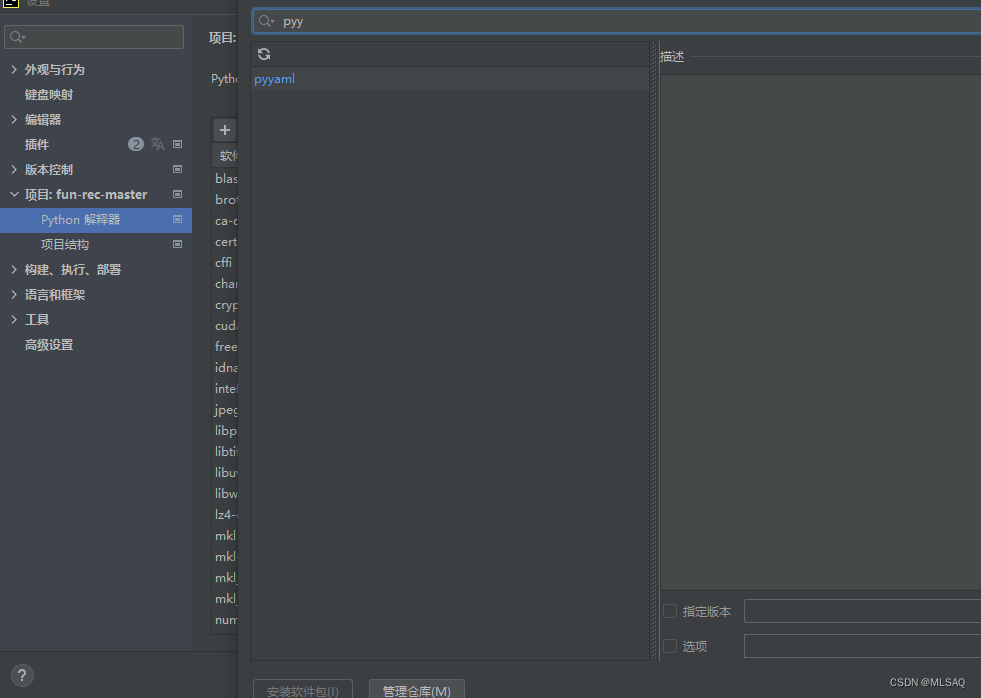
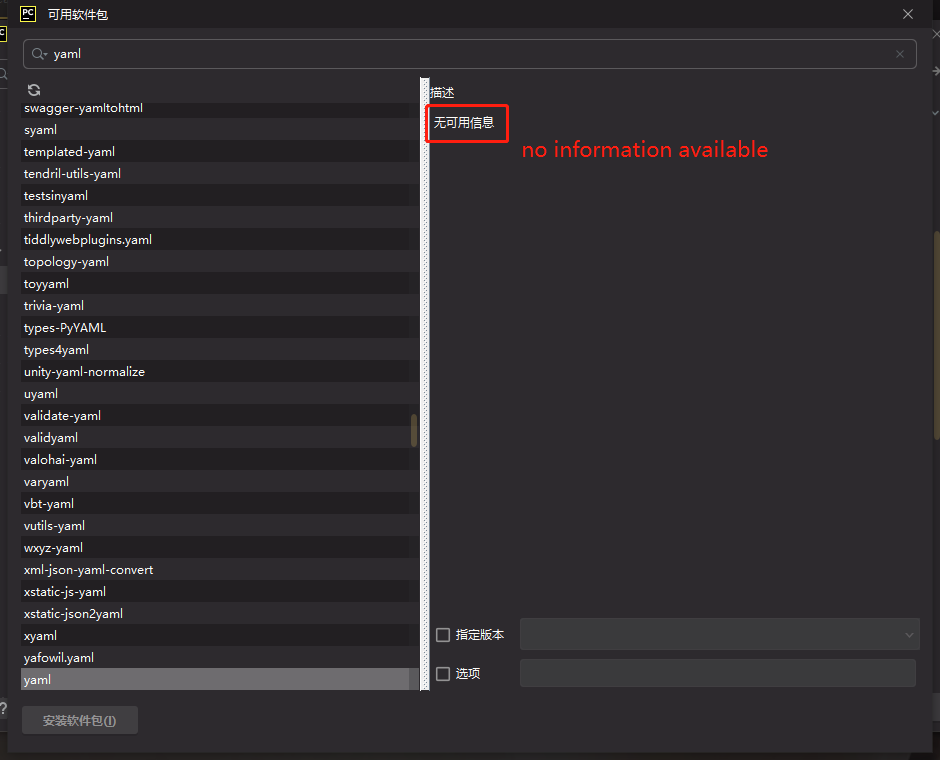

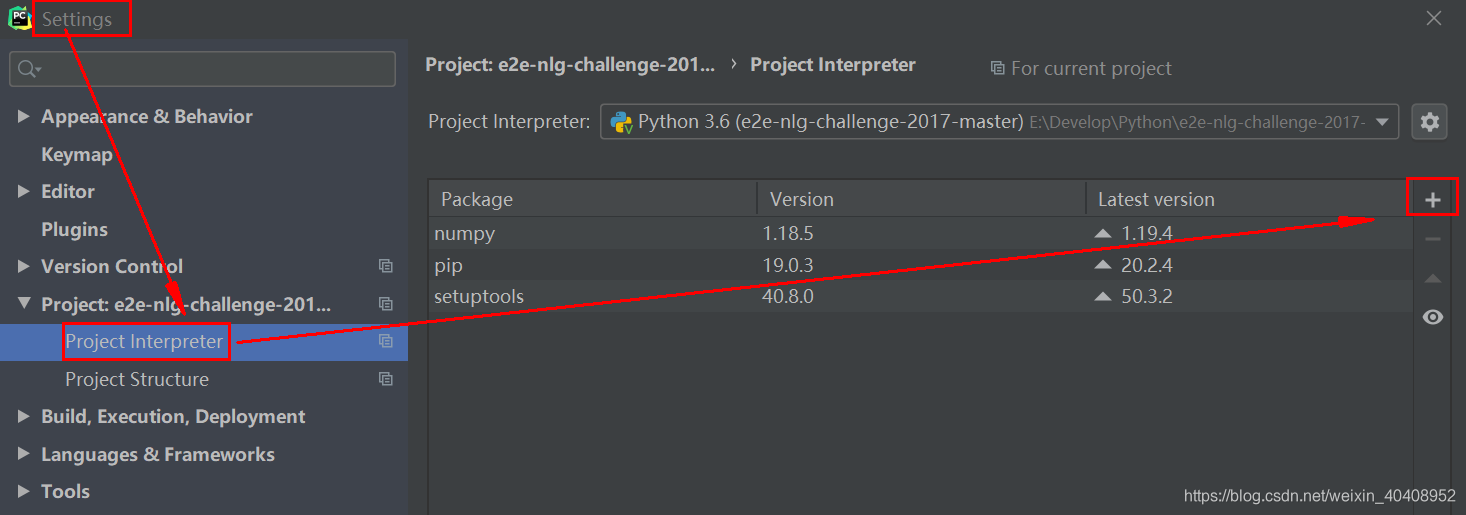








![Solved] Python No Module Named Error Solved] Python No Module Named Error](https://itsourcecode.com/wp-content/uploads/2023/02/Python-No-Module-Named-Error.png)
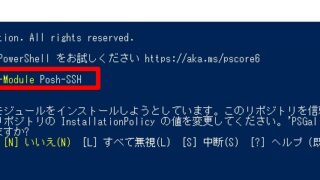




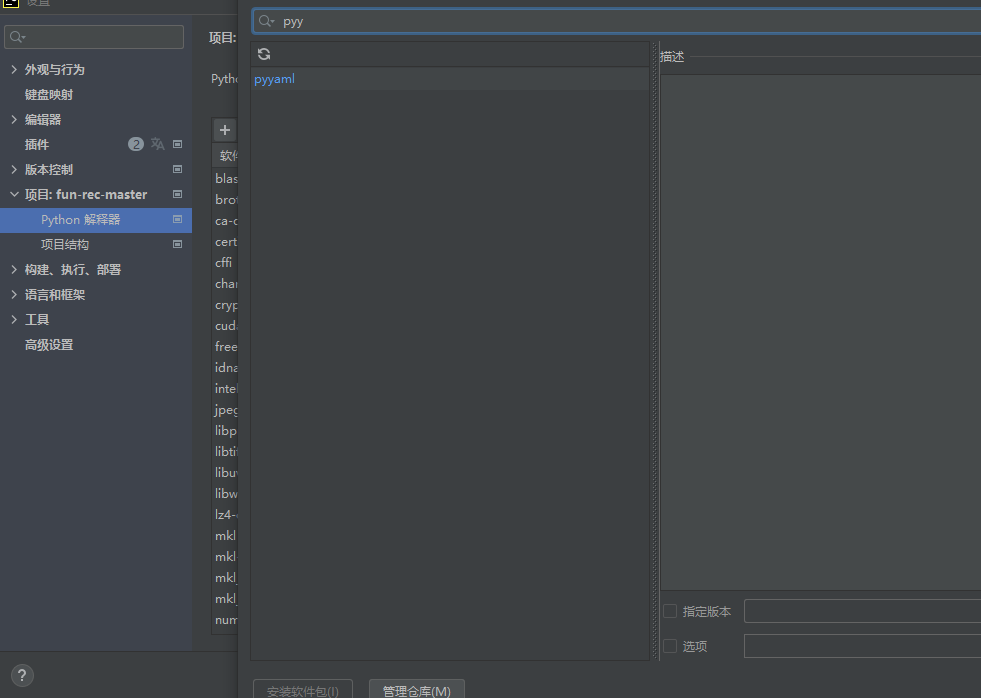

![SOLVED] ModuleNotFoundError: No module named bs4 Solved] Modulenotfounderror: No Module Named Bs4](https://codetryout.com/wp-content/uploads/python_pip3_install_beautifulsoup.png)

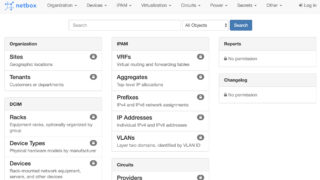





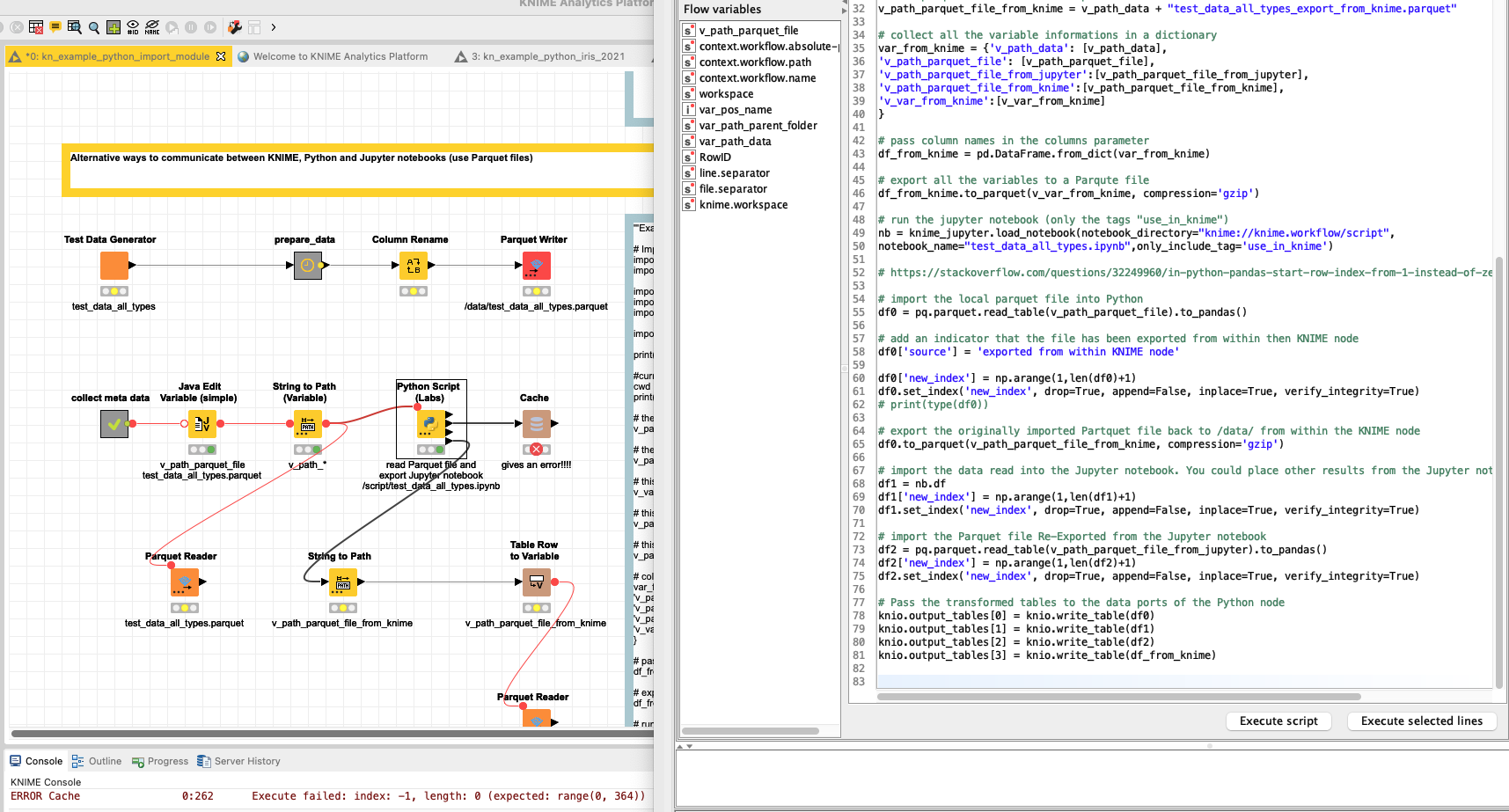

Article link: modulenotfounderror: no module named ‘yaml’.
Learn more about the topic modulenotfounderror: no module named ‘yaml’.
- ModuleNotFoundError: No module named ‘yaml’ in Python
- ImportError: No module named ‘yaml’ – Stack Overflow
- ModuleNotFoundError: No module named ‘yaml’ in Python
- ModuleNotFoundError: No module named ‘yaml’ #291 – GitHub
- How to Install pyyaml in Python? – Finxter
- Python YAML – Read, Write, Parse YAML – PYnative
- How to Install PyYAML on Windows? – GeeksforGeeks
- YAML Tutorial – A Comprehensive Guide To YAML Using Python
- How to fix ModuleNotFoundError: No module named ‘yaml’ in …
- How to solve ModuleNotFoundError: No module named ‘yaml’
- Modulenotfounderror: no module named ‘yaml’: Quick Solution
- Modulenotfounderror: No module named ‘yaml’ ( Solved )
- ImportError No module named ‘yaml’ in Python – Codeigo
See more: https://nhanvietluanvan.com/luat-hoc